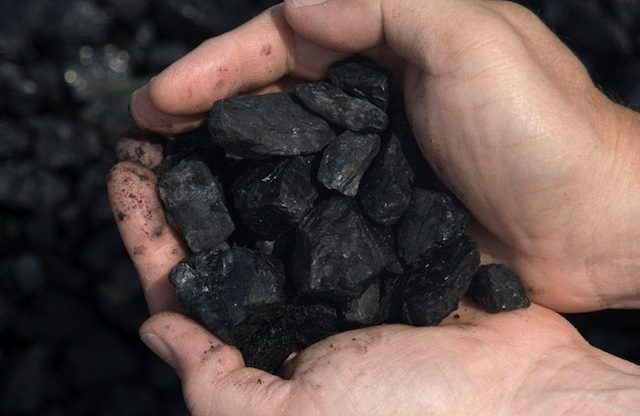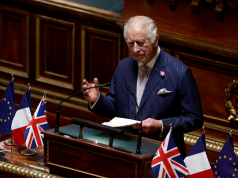
Sara Jane Ahmed is an analyst at the Institute for Energy Economics and Financial Analysis.
The passage of the coal tax increase in the Philippines gives a clear signal to investors that the country is leading the ASEAN transition to clean energy. This is important as it gives new policy impetus for the private sector to invest in abundant yet underdeveloped wind resources.
And it’s already happening.
Meralco PowerGen Corporation (MGen) is planning to invest in wind power projects and is looking at two projects totaling 300 megawatts (MW). Its president Rogelio Singson was quoted by recent reports as saying that “When the coal tax kicks in, that will even be more competitive.”
The public and private sector in the Philippines can take this a step further by replacing the 10,000 gigawatts (GW) in coal projects currently in the pipeline with other options such as geothermal, natural gas, solar, wind, hydro, and biomass through a technology-neutral least-cost procurement.
Building new wind and solar farms costs less than continuing to run current coal or nuclear plants, according to a new report from Lazard, a leading global financial advisory and asset management firm. The levelized cost of energy for both utility-scale solar and onshore wind technologies globally are down six percent from last year. Economies of scale and technology development mean this deflationary trend shows no sign of slowing.
As a result of renewable energy cost deflation, the electricity transition taking root in countries around the world is attracting the world’s largest investors. Global electricity policy leaders such as Mexico, Chile, India, Germany, and the United Arab Emirates are seeing accelerating tariff cost reductions of up to 50 percent since the start of 2016. Overnight, a 500-MW wind tender in Gujarat, India was finalized at a record low 2.43 rupees per kilowatt-hour (kWh), equivalent to USD0.04 per kWh or PHP1.90 per kWh. Rooftop solar in the Philippines is seeing costs as low as under USD1 million per MW.
As the Philippines’ energy policy clarity and commitments build, the opportunity to replicate this technology-driven trend here is very material.
In 2016, acquisition activity in the renewable energy sector rose by 17 percent to USD110 billion worldwide. New investment in solar and wind infrastructure assets totaled USD113 billion and USD112 billion, respectively.
By way of example, Taiwan has recently attracted USD60 billion in foreign capital commitments to renewable energy projects from Denmark’s Dong Energy, Australia’s Macquarie, and Canada’s Northland Power. This more than triples the quota set by Taiwan’s government. And South Korea just committed to a five-fold expansion to 58.5 GW of renewables target by 2030.
In a growing number of countries, renewable energy installations have pushed electricity prices down. Wind power in particular is a massive untapped market and has the potential to drive billions of new energy infrastructure investments in the coming decade. The boost to regional employment and benefits of reduced pollution pressures should also not be underestimated.
Meanwhile, the Philippines’ excessive reliance on imported coal is one of the main reasons the country has the highest electricity price in ASEAN. Natural gas, solar, wind, run of river hydro, geothermal, and biogas are attractive, viable domestic options that can be combined to create a cheaper, more diverse, and secure energy system in this country.
The country must move faster in order to avoid locking in a multibillion-dollar portfolio of stranded coal assets that would eventually be borne by its people.









